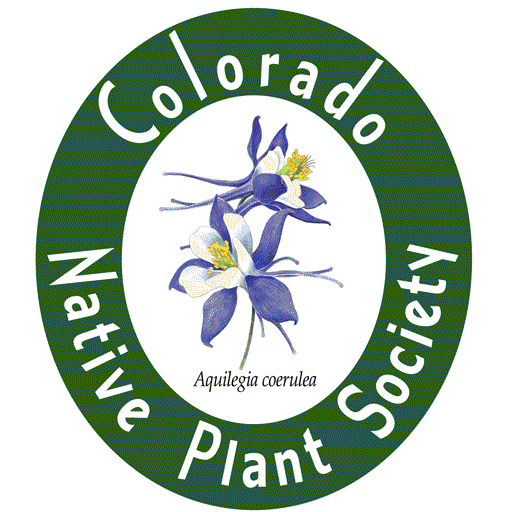The bioblitz held at Browns Canyon National Monument was on June 1 to 3 . We had nearly 70 participants during the event. About 20 of those were CoNPS members (thanks to Mo Ewing for helping coordinate these folks). Other people came from the Forest Service, BLM, CNHP, DBG, along with several inde–pendent folks. Aside from the botanically oriented people, there were bird, herptile, mammal, and spider specialists.
Browns Canyon was established as a national monument in February of 2015. It is located near the head of the Rio Grande Rift Valley between Buena Vista and Salida. There is a diverse geology underlying the area, leading to an interesting diversity of habitat types such as pinyon-juniper woodlands, ponderosa pine woodlands, aspen stands, and meadows.

It is an area that is generally not too well known, but now, thanks to the efforts of everyone who was able join us, we have a much better idea of what is present in the area.
Although the numbers of species observed isn’t fully complet–ed yet, we can say that we now know that at least 175 species of vascular plants are present, along with 17 mammals, 82 birds and 3 herps.
There were people exploring several corners of the monument including Bassam Spring, Cottonwood Creek, Hecla Junction, Ruby Mountain, and Spring Gulch . Among the highlights are records of Fendler’s Townsend-Daisy (Townsendia fendleri), Front Range Alumroot (Heuchera hallii), and Rocky Mountain Indian Parsley (Cymopterus anisatus). The Pasque–flowers (Anemone patens) seemed a bit late to still be in bloom.
At Browns Canyon, six interns, Lydia Fahrenkrug, Alyssa Meier, Blaise Newman, Gary Olds, Tyler Stratman, and Brandi Thom-as, along with Director Dave Anderson, Pam Smith, and Scott Kellman, had an amazing time surveying the diverse landscapes and using the opportunity to work together with many differ–ent organizations and professionals . Students gained hands-on experience in a variety of disciplines, such as small mammal trap–ping, plant identifying and collecting, birding, insect collecting, and bat surveying . It was exciting to collaborate with different professionals while students were introduced and helped to achieve the goals of a Bioblitz . (CNHP Blog)
by Steve Olson. Taken from Aquilegia Volume 40 No. 3 Spring/Summer 2016
